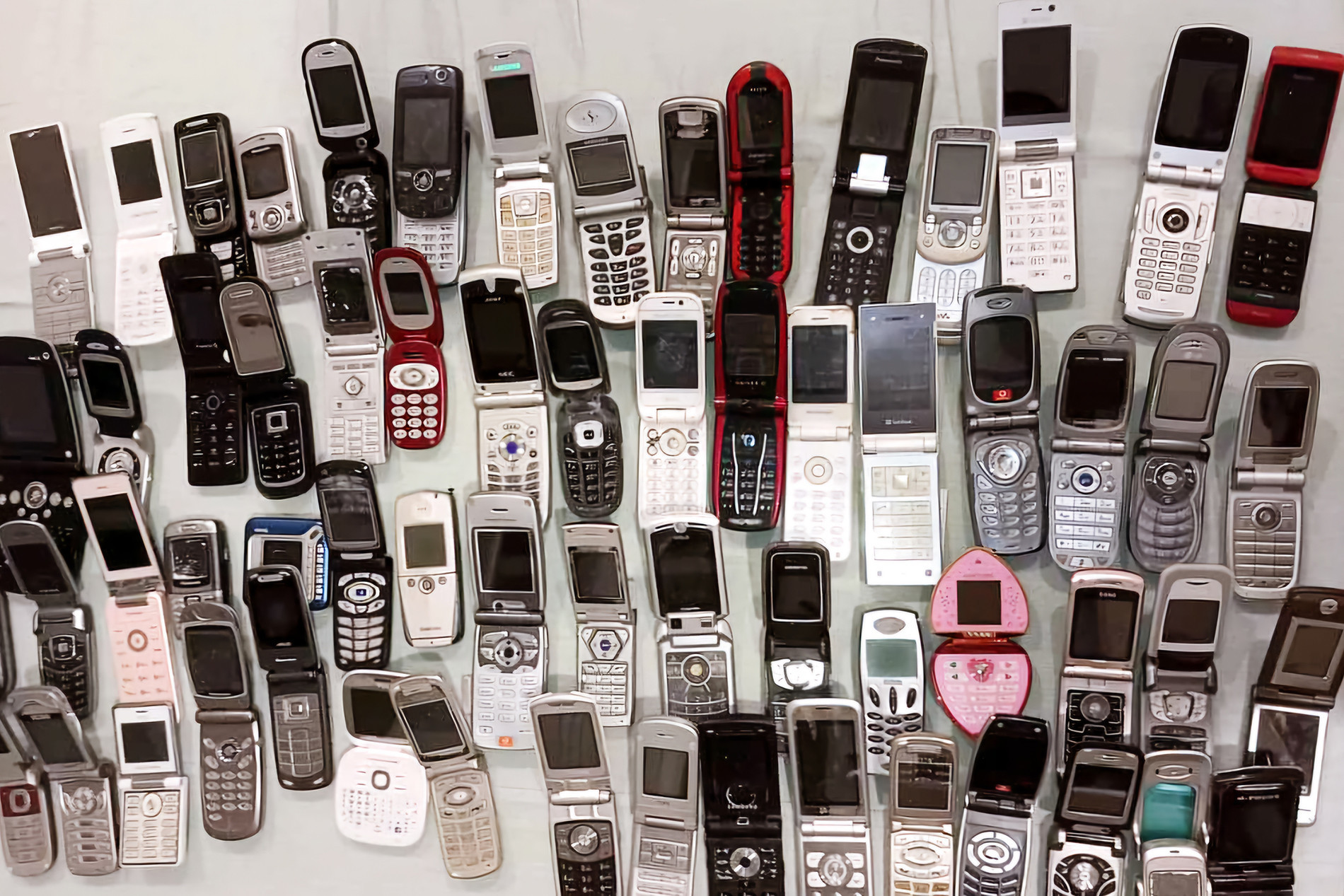
The day for 2G cessation is nearing but there are still 10 million 2G subscribers. Experts believe that personalized communications to every citizen will help reduce the number of 2G subscribers.
Mobile network operators will begin implementing the first phase of the 2G cessation roadmap on September 16. From that day, terminal devices which support only GSM standards will no longer provide services.
The number of 2G subscribers has been decreasing rapidly, but there are still 10 million 2G subscribers. Telcos estimate that if the current transition speed is maintained, there will still be millions of 2G subscribers in mid-September.
Nguyen Trong Tinh, deputy CEO of Viettel Telecom, said Viettel hopes its 2G subscribers will drop to 2.2 million by September 15.
MobiFone predicts that there will still be 700,000 2G subscribers in September.
For Viettel, 73 percent of its subscribers are in rural and mountainous areas with a large number of poor households that cannot afford smartphones. Many subscribers will only change their terminal devices just before September 15.
Viettel hopes the Ministry of Information and Communications (MIC) can help with communications to encourage subscribers to replace terminal devices soon.
A representative of MobiFone said 2G subscribers mostly live in remote areas, which makes it difficult for mobile network operators to reach them. Telcos have launched many communication campaigns, but they haven't been able to reach many of these subscribers.
According to VNPT VinaPhone, visual images and documents have been delivered at all transaction points, especially in areas with high numbers of 2G subscribers, which will facilitate communication.
Though it is using different channels to reach subscribers, VinaPhone said some clients do not have information about 2G cessation.
In addition to subscribers who cannot be reached, there are uncooperative 2G subscribers who have negative reactions about replacing devices.
VinaPhone operators have called 2G subscribers to inform them about the 2G cessation program. Around 47 percent of clients have agreed to replace devices, but 25 percent are uncooperative.
For Viettel, the number of uncooperative 2G subscribers accounts for 30-35 percent. The figures are 20-25 percent for MobiFone and 20 percent for Vietnamobile.
Nguyen Phong Nha, deputy head of the Authority of Telecommunications, said it is necessary for telcos to learn why subscribers remain uncooperative and then offer them support. Are they unfamiliar with new devices, do they have enough money to buy new phones, or do they face other difficulties?
Trong Dat